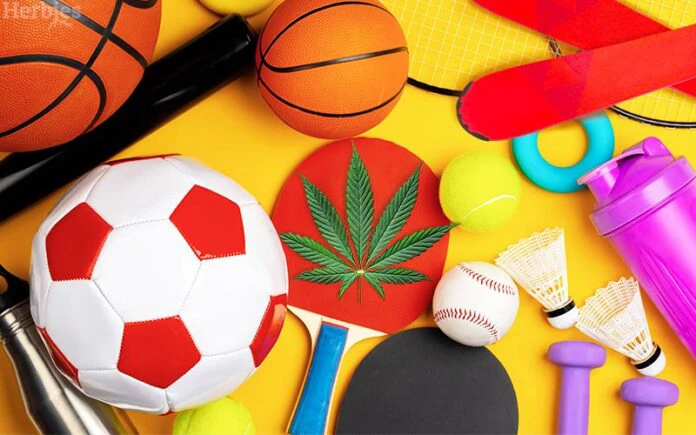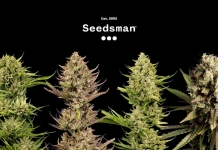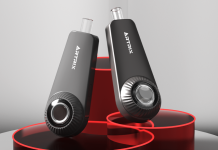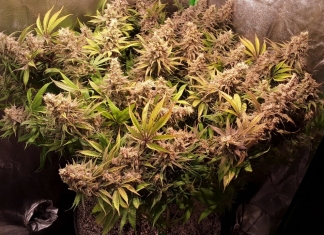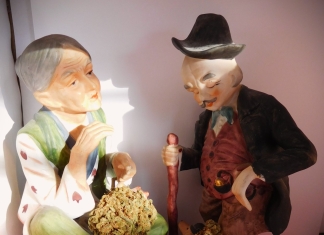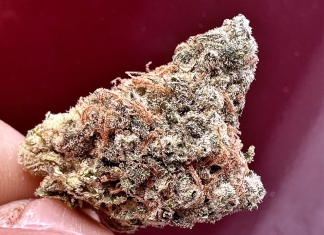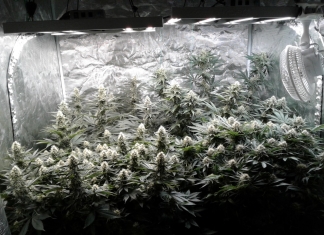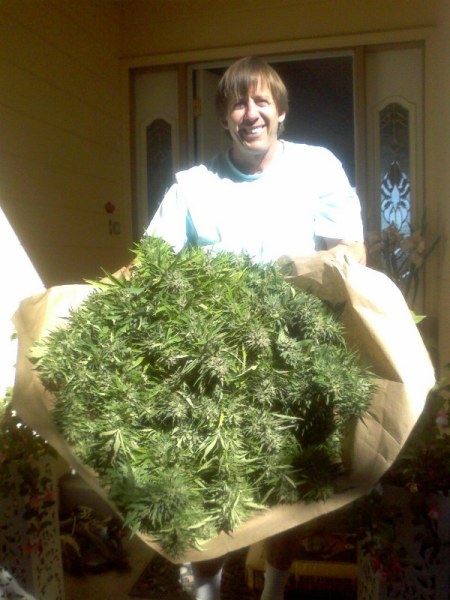If you have an interest in cannabis and sports, the question of whether to take a joint ahead of a big game or a regular workout session may have crossed your mind. The use of cannabis has been the subject of debate in sports for decades, and we at Herbies would like to offer some help in figuring out where the science stands today.
What Do Anti-Doping Authorities Say About Cannabis?
The International Olympic Committee (IOC) banned the use of cannabis from its competitions in 1999. WADA, the global anti-doping watchdog, went along with the ban in 2004. It continues to be upheld by over 700 sports organizations, including the IOC, national anti-doping agencies, and professional sports leagues.
WADA bans almost all cannabis-based products and cannabinoids, including tetrahydrocannabinol (THC), the primary psychoactive compound. Notably, an exemption is made for cannabidiol (CBD), the non-psychoactive component of cannabis used to treat different medical and health conditions.
Why Is Cannabis Prohibited By WADA?
To be added to the Prohibited List, a substance must meet two of three criteria: 1) It enhances performance, 2) It poses a potential or actual health risk to the athlete, or 3) It goes against the “spirit of the sport”. In a 2011 paper explaining the cannabis ban, two WADA members and a toxicologist with the (historically anti-weed) National Institute on Drug Abuse argued that it can be considered a performance booster.
First, they cited research claiming that it can improve oxygenation, cause muscle relaxation, and reduce anxiety, providing a competitive edge to weed smokers. Moreover, the paper explained that cannabis use may endanger health due to “increased risk taking, slower reaction times and poor executive function or decision making”. The third reason why athletes shouldn’t smoke cannabis, in WADA’s view, is because they basically act as role models for young people.
Lack Of Evidence And Consensus
Several review papers published after 2011 cast doubt on these claims. Many came to the same conclusion: there’s no robust evidence proving that weed-smoking athletes are any better at their sports. One paper, co-authored by WADA’s medical director, concluded that the performance-enhancing properties of cannabis have yet to be confirmed.
Another thing that raises eyebrows among advocates of cannabis use in sports is the plant’s purported health risk; they say that current data suggests cannabis causes no more harm than alcohol or caffeine, the substances WADA once banned but has since changed its stance on.
What Famous Athletes Smoke Weed?
A 2020 literature review found that almost one in four athletes reported using cannabis in the previous year. Many sports greats have proudly confessed to getting high or even made a name in the burgeoning cannabis industry.
NFL ironman Brett Favre prefers CBD over pain meds to deal with routine aches. A number of UFC athletes, like Conor McGregor and brothers Nick and Nate Diaz, likewise don’t shy away from smoking weed and even run cannabis companies. NBA star Kevin Durant compares smoking marijuana to having a glass of wine and praises its distraction-clearing qualities.
In recent years, with several jurisdictions decriminalizing marijuana and many high-profile athletes calling for its legalization, the sports world has taken a noticeable pro-cannabis turn. WADA is set to review its cannabis ban in response to requests from a number of “stakeholders” after the uproar caused by the suspension of U.S. sprinter Sha’Carri Richardson following a positive test for THC.
Some major leagues, such as the NBA and MLB, have stopped subjecting players to random tests for marijuana, while the NFL refrains from suspensions for positive tests and has invested $1 million into researching CBD as a holistic painkiller. The UFC no longer punishes fighters for using marijuana in most cases. And in case you wondered how pro-cannabis a sport can get, there’s a jiu-jitsu promotion called High Rollerz, where fighters have to use marijuana ahead of the bout.
Does Cannabis Help Muscle Growth?
WADA may want elite athletes to get high on the pedestal, not on marijuana, but what about us common folk working up a sweat at the gym? Science says that one way to measure the impact of cannabis on workouts is to look at how it affects muscle growth.
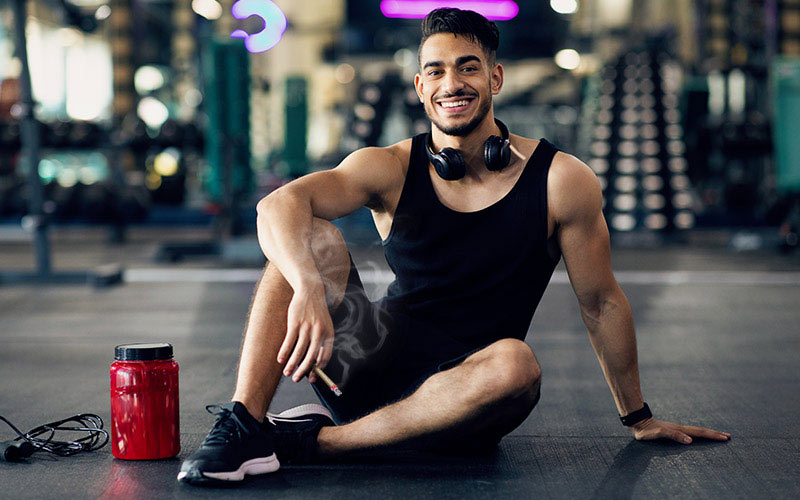
To be honest, research on this subject is still scant. Several human trials have looked, with mixed results, into the effects of THC on the production of testosterone, the hormone chiefly responsible for higher muscle mass.
A 2015 study in Denmark reported increased concentrations of testosterone among male marijuana users. According to another study published in 2020, men who reported having consumed cannabis in the previous year were found to have elevated levels of testosterone compared to non-users.
THC and CBD bind to and activate two main cannabinoid receptors in our brain and body, CB1 and CB2. Some research suggests that after we lift weight, the CB1 receptor gets blocked, leading to the release of mTOR, one of the major signals for muscle growth. Simply put, you might not want to smoke a lot before or after lifting. Instead, experts recommend microdosing to stay focused during your routine.
On the other hand, cannabis may contribute to muscle growth because it improves appetite; if you’re looking to bulk up quickly but struggle with poor appetite, the munchies can help you get more muscle-building calories.
Another thing to consider is that cannabis decreases reaction time and hand-eye coordination and also interrupts concentration, which may increase the risk of injury. All in all, those new to marijuana should be cautious when using it shortly before working out or mixing it with gym equipment.
Some gym-goers, however, may disagree with that. According to a 2019 survey of more than 600 people living in U.S. states where marijuana is legal, around 70 percent of them reported getting more joy from canna-workouts. Curiously, those who work out after using cannabis tend to exercise more per week than those who don’t like to be stoned at the gym.
Cannabis And Post-Workout Recovery
There is definitely more consensus on lighting up post-workout. As far as recovery goes, smoking pot after a workout may soothe pain from muscle spasms after weight training.
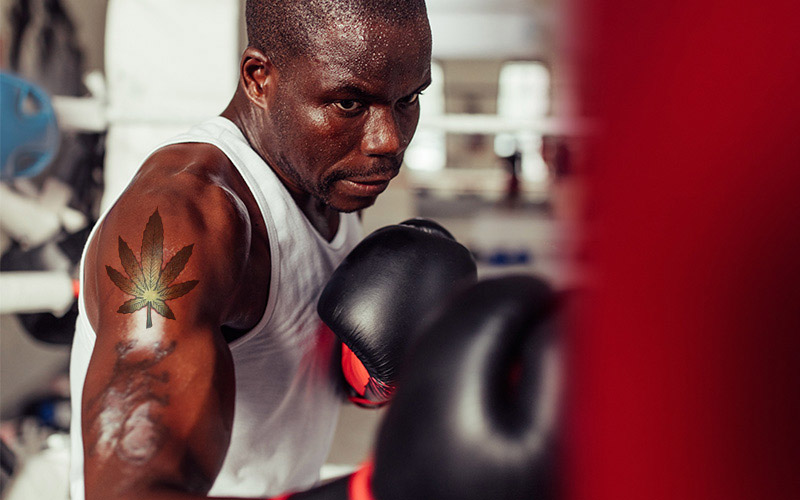
Some evidence suggests that CBD causes changes in immune cell function, which helps the immune system to better cope with injury after exercise. Many users report that CBD is a worthwhile muscle recovery supplement, as it relaxes the muscles and reduces mild inflammation by regulating pain signals through the endocannabinoid system in our bodies.
Research confirming the benefits of CBD in physical recovery is scarce, but some experts believe that given the number of endocannabinoids in the body, CBD could be good for muscle recovery. One such study, conducted in 2020, showed that CBD significantly reduces muscle aches and improves the rate of muscle recovery when compared to no intervention.
After all, using cannabis to achieve your fitness goals can mean different amounts and different strains depending on your goals. LA-based personal trainer Daniel Rice takes Sativa strains to deal with fatigue, depression, or low energy and takes Indica strains to calm down. Personal trainer Zach Scioli from San Fran recommends CBD to clients because it improves sleep, speeds workout recovery, and keeps stress at bay.
There are numerous strains on the market that you can choose from to tailor to your fitness plan, so let’s narrow it down to just three varieties.
First up is the Sativa-dominant hybrid Monster Profit, which has 22% THC and 1.2% CBD. She provides an uplifting, happy head high that will keep you present in the routine. Monster Profit is great for microdosing, while a little boost of CBD will help relax your muscles.
Grandmommy Purple is the perfect bud if you want to get rid of the effects of chronic pain, muscle spasms, insomnia, and appetite loss. With THC levels reaching as high as 33%, she will relieve your stress and tuck you into bed for a good night’s sleep.
CBD Auto Charlotte’s Angel is designed for medical use due to her low THC content (0.7%) and sky-high 15% CBD content. She ushers in feelings of deep relaxation but without the high, which makes her ideal for any exercise routine.
Note: This material is intended for informational purposes only and is not meant as medical or fitness advice.


